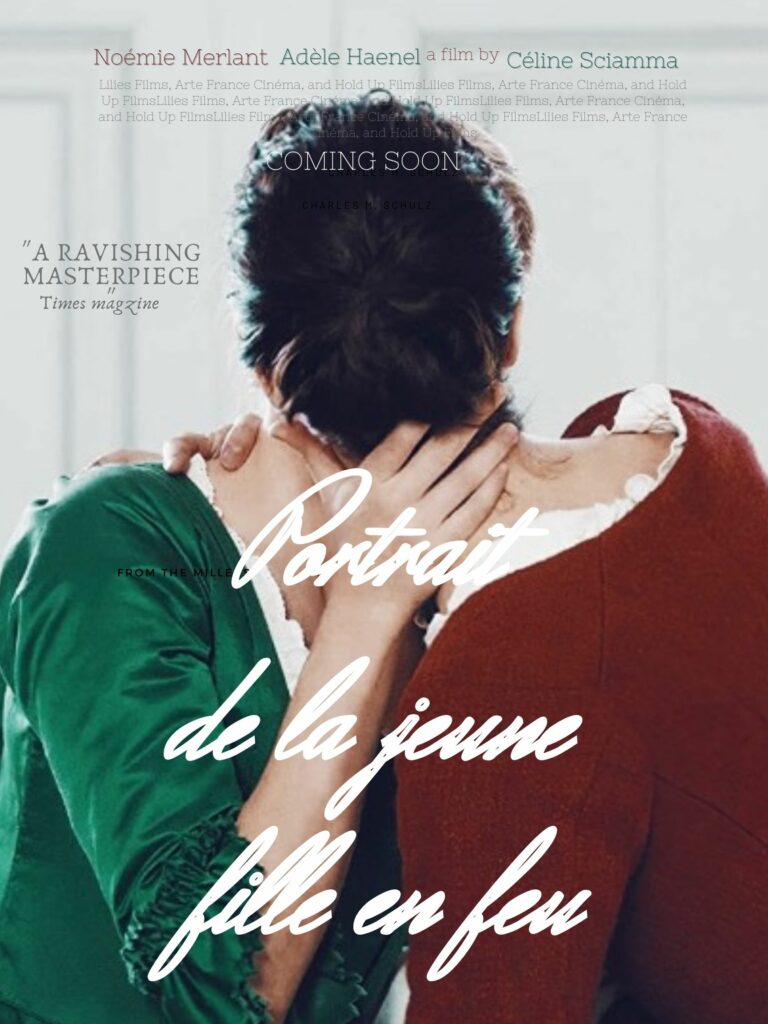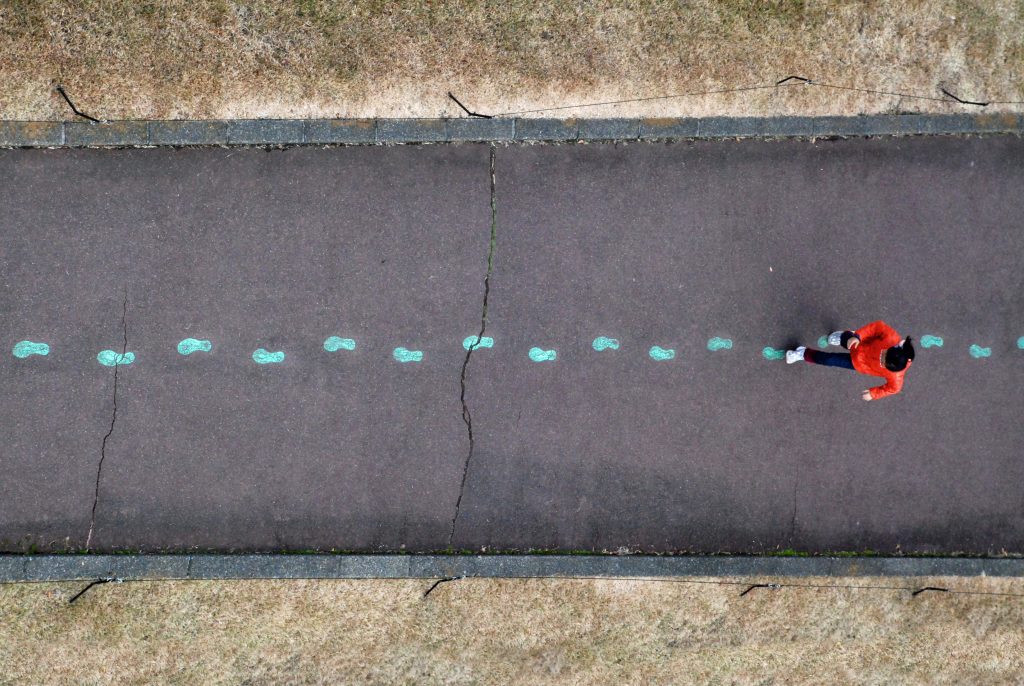Examples I have been a part of in my classes of Game Based Learning
I once had a drama course. The teacher designed many games to help us learning performance and liberate our nature. Here are a few of my impressive games.
Marionette: imagine yourself as a puppet suspended by a string. Stand on tiptoe, the top of the head seems to have a line, from the head, neck, shoulders, arms… All the way down, one by one to relax. So as to achieve a completely relaxed state, and then enter the role and scene according to the tutor’s comments.
Blind walking: led by classmates and friends, or holding hands or relying on sound source, not using eyes to sense. So as to deeply feel the difference between the real outside world and the inner world, and cultivate a sense of trust with partners, which also helps to focus and relieve tension.
Move with music: tutors randomly play different kinds and forms of music, such as light or slow, fashion or classical, rock or lyric. According to the specified music, express the music with action posture. So as to expand the performance ability, strengthen the focus and action. Moving with music can be in the form of closing or opening your eyes.
Mirror simulation: two people or two groups of people stand facing each other and imitate each other’s behavior. The behavior of both sides should be highly synchronized, such as eyebrow locking, mouth curling, twitching, sighing, etc. This can be more slowly into the other party’s identity, thus emptying themselves.
Animal simulation: imitate from all aspects, such as shape, cry, habit, way of walking, way of eating, etc
Environmental sound response: it can be the above-mentioned move with the music, or it can be any kind of sound, making an improvisational response. Requirement is a subconscious reaction, so as to know how to control your subconscious accurately and how to react.










